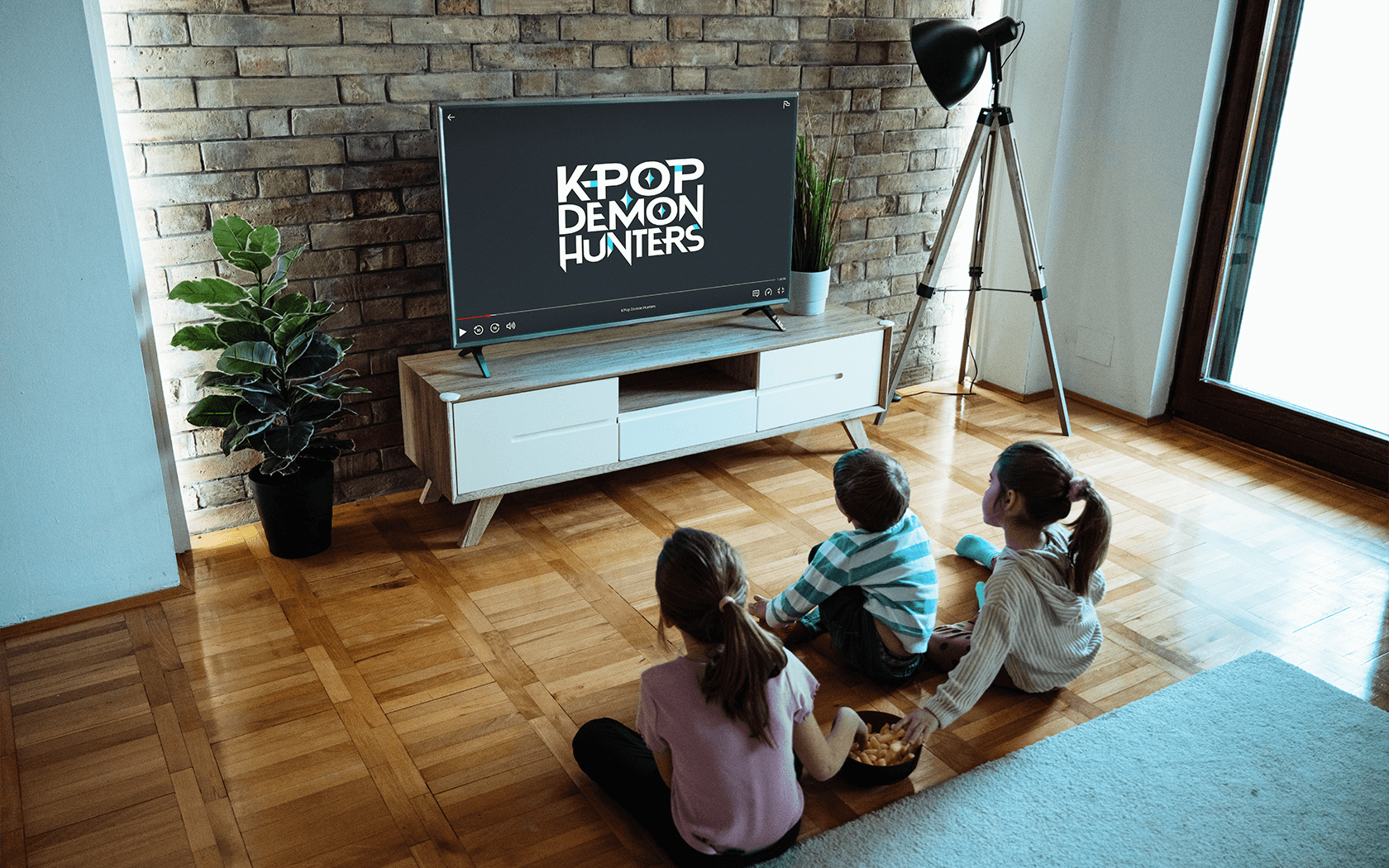In today's digital age, it's no surprise that children and teenagers are eager to explore the world of social media. Instagram, one of the most popular social networking platforms, has become a significant part of this landscape. If you’ve seen the recent headlines about social media and youth mental health, you may be wondering if there’s any way to make Instagram safer for kids. There is much about the app that’s inherently not kid-friendly, but there are a few things you can do to make it as safe as possible. Read on below for safety considerations and best practices for younger users.
Is Instagram safe for kids?
Whether or not Instagram is safe for your kids depends on various factors, including their age, maturity and how well you guide them in using the platform. Instagram has a minimum age requirement of 13, but as most parents know, kids are rarely deterred by requirements in the terms of service. While many younger children do use the platform, there’s mounting evidence that it’s not the ideal digital setting for them. But if they are spending time on the platform, here are a few things to think about.
Instagram offers various privacy settings, including private accounts, which restrict who can follow your child, and the ability to approve or deny followers. If your child is using Instagram, you’ll want to make sure their account is set to private, allowing them to have control over who sees their content. This is the low-hanging fruit for safety on the platform. That’s because when children have public accounts, it’s not uncommon for them to receive unwanted attention from adults. Setting profiles to private can help combat this.
While Instagram has community guidelines to prevent explicit content, that kind of thing still shows up on the platform. Children may still come across inappropriate or harmful stuff, and this can be especially problematic for young girls. According to internal documents leaked by whistleblower Frances Haugen, Instagram can be a toxic place for teenage girls, leading them to content that promotes body image issues and eating disorders.
And, it’s important for parents to know that cyberbullying is a prevalent issue on social media platforms, including Instagram. This kind of thing is also getting worse with the rise in readily available AI platforms and deepfake technology. Teach your child how to identify and handle cyberbullying, and encourage open communication with you if they experience it.
Keep an eye on your child's screen time if they’re using Instagram. The platform is purposely designed to keep you scrolling for as long as possible, and the endless stream of alerts and pings can be create a lot of temptation. It’s not a bad idea to impose restrictions like turning devices off at night or keeping them out of the bedroom. This can help stop Instagram from disrupting children’s sleep.
Important safety settings to know
As a parent, it's essential to familiarize yourself with the safety settings and features available on Instagram. Here are some key settings to consider:
Private account: Ensure your child's account is set to private, so only approved followers can see their posts.
Comment filters: Activate comment filters to block or hide inappropriate comments on your child's posts.
Restrict feature: Use the "Restrict" feature to limit interactions with potentially harmful users. Restricted users' comments on your child's posts are hidden from the public.
Two-factor authentication: Enable two-factor authentication to enhance the security of your child's account.
Report and block: Teach your child how to report and block users who are abusive or inappropriate.
Conversations to have with your kids about Instagram
Open and ongoing conversations are crucial for ensuring your child's safety on Instagram, and there are a few topics you’ll want to discuss regularly. Talk to your child about the importance of thinking before posting and how their online actions can have real-world consequences. It’s common for employers and college admissions teams to review social media profiles, and there have been some unfortunate cases of young people losing out on scholarships or job opportunities because of something unsavory in their digital footprint. This is an important point to hammer home regularly, because kids are more prone to risk-taking behavior than adults. They tend to act first and think about the consequences later. Since everything online is permanent, it’s a good idea to chat about this frequently.
Kids should also understand the importance of being kind and respectful online, and how to handle conflicts with their peers. Cyberbullying is common online and it can have devastating consequences. Empathy is important, even in online encounters where kids aren’t face-to-face. Ensure children have the social and emotional maturity to navigate online encounters, and that they know how to respond if they’re a witness or target of cyberbullying.
Emphasize the dangers of interacting with strangers online and the importance of not sharing personal information with them. This one can be tricky to get across to kids, because online predators are adept at befriending children before they start asking for information or pictures. The truth is that not everyone is who they say they are online, so it’s important to be wary of online “friends” that you’ve never met in person.
There’s mounting evidence that social media can have a negative impact on youth mental health. It can be helpful to discuss this topic with your kids, especially when you invite them to share their point of view and feelings. Ask them how they feel when they use Instagram, and encourage them to find ways to strike a balance. Help them identify the things that make them feel good online—and the things that have the opposite effect. And, encourage them to take periodic breaks to spend time doing other things that bring them happiness.
While Instagram can offer a platform for kids to express themselves and connect with their peers, it's crucial to acknowledge the potential dangers associated with it. It's a space where inappropriate content, cyberbullying and stranger danger can and do thrive. Because of the way the platform is designed, it can be a difficult space for adults and children alike, so it’s crucial to have some boundaries and strategies in place for younger users.
Editorial Credit: DenPhoto - stock.adobe.com



























